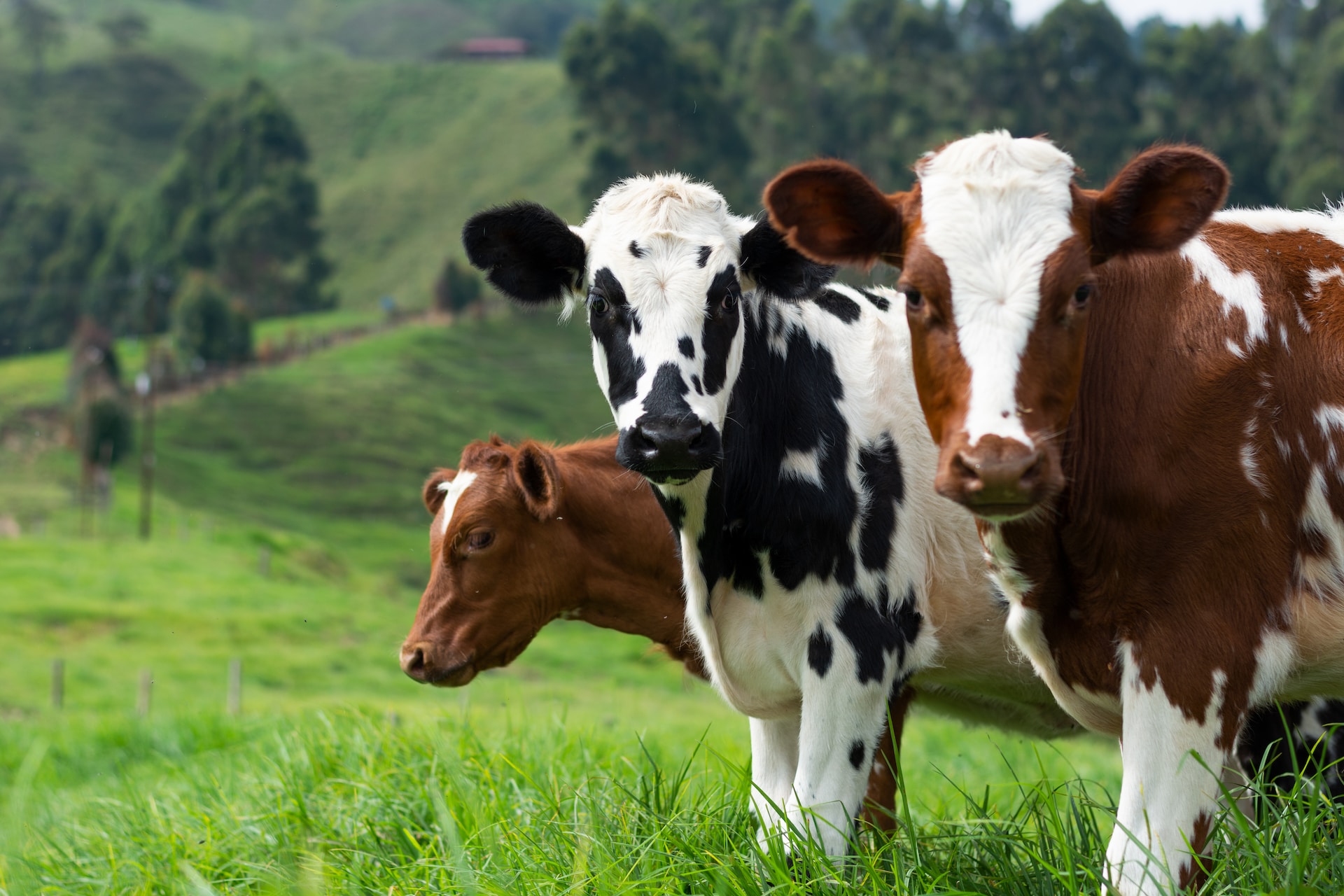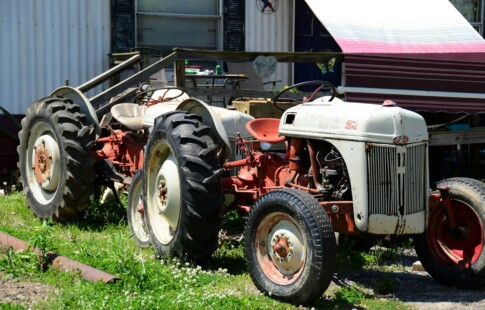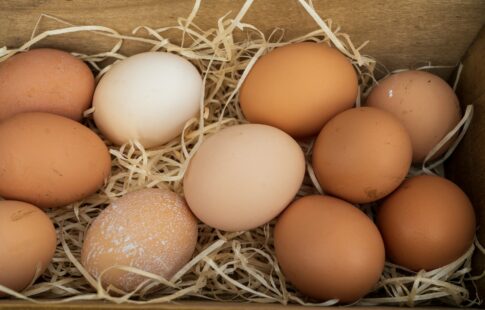
A Comprehensive Guide to Raising Cattle for Beginners
We are reader-supported. When you buy through links on our site, we may earn affiliate commission.
Owning a farm can be a fulfilling job. Your hard work makes your home sustainable, especially if you’re raising cattle. Cattle farming on privately owned land gives farmers more access to resources and the option to enjoy the products of their labor without harming the environment like the cattle industry. But what if you don’t know how cattle farming works? Beginners need a comprehensive guide to raising cattle.
As people become aware of the economic and environmental benefits of owning a cattle farm, they’re more likely to read about raising cattle for beginners. This article will help you understand the diverse opportunities available in cattle farming and why it supports sustainable lifestyles.
Why Raise Cattle?
Investing in cattle is a financial risk with likely returns. You’ll have a steady supply of milk, meat, and leather if you know how to keep your cattle healthy and fed. People will always need those three essential supplies, which is partly why U.S. beef production increased 25% in the last 50 years with no significant drops in production.
There’s also the opportunity to positively affect the environment. Cattle graze continuously, improving the nitrogen content in the grass with their daily nutrient excretion.
If you depend solely on your cattle farm, you’re also not funding the larger cattle industry. The livestock corporations use excessive amounts of water to maintain their cattle and process beef. They also create soil erosion from massive grazing fields and gaseous pollution from the slaughter and processing facilities.
Handling the care and processing on a small farm means there’s little to no environmental impact to create the same products. You’ll be a self-sufficient farm and in complete control of every step. You could choose the most environmentally friendly options to align with your sustainable lifestyle without fighting corporate regulations.
Choosing the Right Breed
Numerous types of cattle fall into two categories — dairy and beef breeds. Dairy cattle are best for farmers or ranchers who want to keep their cattle long-term for dairy production. They produce milk long after giving birth, so there’s a continuous supply for personal consumption and selling to consumers.
Beef cattle have more muscle and fat. They’re optimal for processing on ranches intended to sell things like ground beef, steaks, and roasts. They also have udders and produce milk, but the milk supply stops when their offspring no longer need it.
Once you identify the purpose of your cattle farm, you can look into the popular breeds for that goal. Jersey, Guernsey, and Holstein Friesian cows are easy to care for and produce milk on global ranches. Angus, Brahman, Charolais, and Hereford are the most popular breeds for producing beef.
You may narrow your breed options by where you live as well. A Pineywood cow would do best in the southeastern U.S. because it’s a tropical beef breed with high heat tolerance. However, a beef farmer living in a cold-weather region might find it easier to raise Holstein cows because their Holland roots prepare them for cold temperatures.
Preparing for Cattle Farming
After selecting your preferred cattle breeds and types, you’ll need to prepare your land for cattle farming. Experts estimate that ranchers need 1.8 acres of land per cow to support how much grass they’ll eat daily. You can divide your total farm acreage by that number to find out how many cattle you can start with before potentially expanding.
You’ll also need to create shelter and fencing. Cows don’t need a fully enclosed barn because they’re weather and temperature resistant. However, they will need a three-sided shelter to access shade, roofing, and a dry space during rainy seasons.
Fencing should be high enough that cattle can’t step over it and strong enough not to fall apart in high winds. Fence posts set at least two-feet deep in concrete will create a solid foundation before you fill in the gaps with barbed wire, fence boards, or panels.
Cows also need a constant supply of water, which makes ponds with potable water an optimal addition to your farm. If ponds, rivers, or lakes aren’t available, troughs connected to a water supply that get refilled often are excellent ways to keep your cattle hydrated and comfortable.
Your cattle’s nutrition should support what their breed needs in addition to the nutrients they get from grazing. They typically only need to pasture unless the soil has depleted nutrients from farming or weathering. Hay and gain supplement feed provided in their shelter fill those nutritional gaps.
Basics of Cattle Care
Always ensure your cattle have enough land and constant access to food and water. How much food they need depends on if they’re supposed to grow into adulthood, gain weight for meat or sustain a milk supply. Cows eat an average of 2–3.5% of their body weight in hay, grass, or feed, but that percentage may increase for younger cows going through growth spurts.
You’ll also need to keep pesticides out of their pasture. Adding pesticides or chemical fertilizers would affect the cattle’s meat and milk, ultimately preventing a humane farming certification for ranchers selling humane, organic products.
Check with your local bovine veterinarian to discuss their recommended number of checkups per year. They’ll drive to your farm and conduct routine assessments to ensure your cows are on track with their growth and milk production, plus routine vaccinations. They may recommend scheduling visits once or twice a year.
You should also consider if you want to breed your cattle. You’ll have to monitor their age and hormone levels with your vet’s assistance before understanding when they can breed. Calves will also need special care like milk, a separate shelter, and weaning.
Challenges and Solutions in Cattle Farming
It’s always wise to read about and prepare for potential cattle farming challenges before your cows arrive. You should talk with your local vet about the most common bacterial diseases in your region, along with airborne viruses like tuberculosis.
There are also local weather patterns to plan for that could disrupt your cattle’s care, like hurricanes, tornadoes, and flooding. Market fluctuations can also affect how much you can afford to stock your ranch with and how much profit comes from your milk or beef.
As you read about challenges frequently faced by cattle farmers, there are also resources you can save to plan for and respond to those events. Your vet will outline cattle disease symptoms and how to care for your cows when they get sick.
You can also pick the supply brands and current price points for beef or milk to watch how they fluctuate. Note any seasonal differences and market changes based on how the economy is doing. Planning on reseeding your pasture when market prices rise and offering other farm products unrelated to your cows could mitigate whatever setbacks occur.
Consider Raising Cattle This Year
People will always need meat, milk, and leather, so cattle farming is a long-term investment that farmers depend on long-term. Once you know how much land you’ll need and create the right housing conditions for your cows, you can feed and care for them without worry. Keep an open mind to learning new ways to provide for your cattle and your ranch will thrive.
Share on
Like what you read? Join other Environment.co readers!
Get the latest updates on our planet by subscribing to the Environment.co newsletter!
About the author
Steve Russell
Steve is the Managing Editor of Environment.co and regularly contributes articles related to wildlife, biodiversity, and recycling. His passions include wildlife photography and bird watching.





